Shared Hope International honors Brendan Johnson for prioritizing the prosecution of buyers of sex trafficking
ARLINGTON, VA. – Brendan Johnson, U.S. Attorney for the District of South Dakota has been named a 2014 Pathbreaker Award recipient for his determined leadership in combatting child sex trafficking.
U.S. Attorney Johnson has taken a progressive approach to demand enforcement through broad collaboration and aggressive prosecution of buyers which established broader federal engagement in combating demand for child sex trafficking. At the request of Attorney General Eric Holder, Johnson was one of fifteen U.S. Attorneys selected to serve on the Attorney General’s Advisory Committee from 2012-2013. He has prioritized the prosecution of cases involving violence against Native American women and children and human trafficking. Mr. Johnson has overseen the prosecution of more than 25 human trafficking cases in five years, including three life-sentences and the federal prosecution of numerous men who attempted to purchase sex from trafficking victims. His office pursued the case of United States v. Jungers through the Eighth Circuit Court of Appeals, securing the critical decision that buyers of sex acts with minors are committing crimes of sex trafficking under the federal law, upping the risk of such activity by those who drive the sex trafficking markets.
“Brendan Johnson is a force of determination, initiative and skill that should leave buyers terrified to purchase sex with a minor in South Dakota,” Shared Hope International President and Founder Linda Smith said. “By creating a threshold for buyer accountability, he sets a national precedent that, if applied, will make significant strides in reducing tolerance for purchasing sex with a minor.”
In 2000, the U.S. Department of State engaged Shared Hope International to hold Pathbreaking Strategies Conferences in six countries to energize the global conversation about the issue of trafficking and share innovative approaches to combat the problem. The conferences led to significant change in the global landscape of national responses to trafficking in countries that were behind the global community and enabling an environment that was fostering trafficking with no developed response. During this process, the Pathbreaker Award was established to recognize the pioneering efforts of individuals throughout the world who broke the trend of inaction and initiated proactive responses to prevent trafficking. See all Pathbreaker Award recipients.
The 2014 Pathbreaker Award recipients also include Congressman Frank Wolf (VA-10) and Marian Hatcher, Project Manager for the Sheriff’s Women’s Justice Programs at the Cook County Sheriff’s Office. U.S. Attorney Johnson and Ms. Hatcher will accept the award on November 7 during Shared Hope International’s JuST Conference in Washington, D.C.
MEDIA MATERIALS
For media convenience, a variety of video clips and resources, including survivor comments, are available at this location: vimeo.com/sharedhope/albums. Clips are password protected, please contact Taryn Offenbacher at Taryn@sharedhope.org for access.
ABOUT SHARED HOPE INTERNATIONAL: Shared Hope International was established in 1998, by former U.S. Congresswoman Linda Smith, to prevent, restore, and bring justice to women and children in crisis. We provide leadership in awareness, training, prevention strategies, restorative care, research, and policy initiatives. For more information about Shared Hope International, go to www.sharedhope.org.
For more information contact Taryn Offenbacher at (602) 818-3955 or taryn@sharedhope.org.






